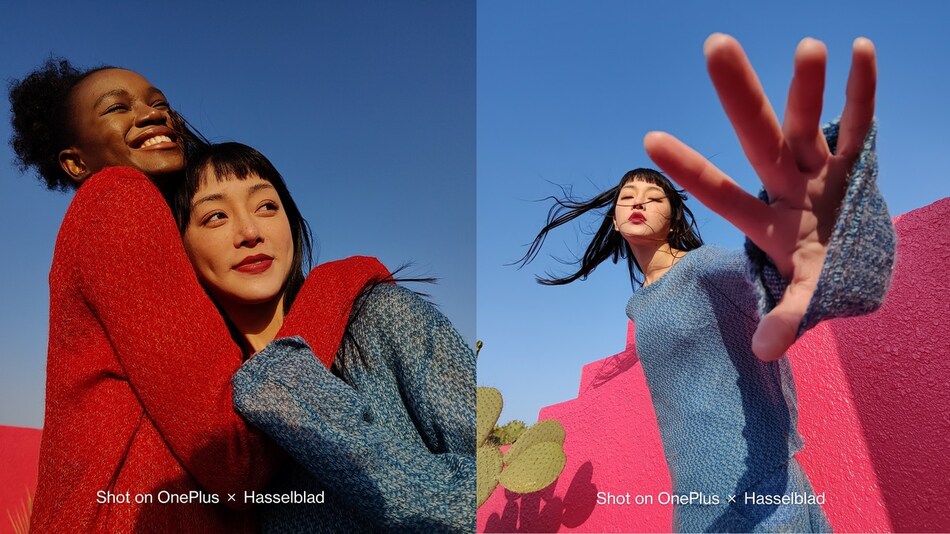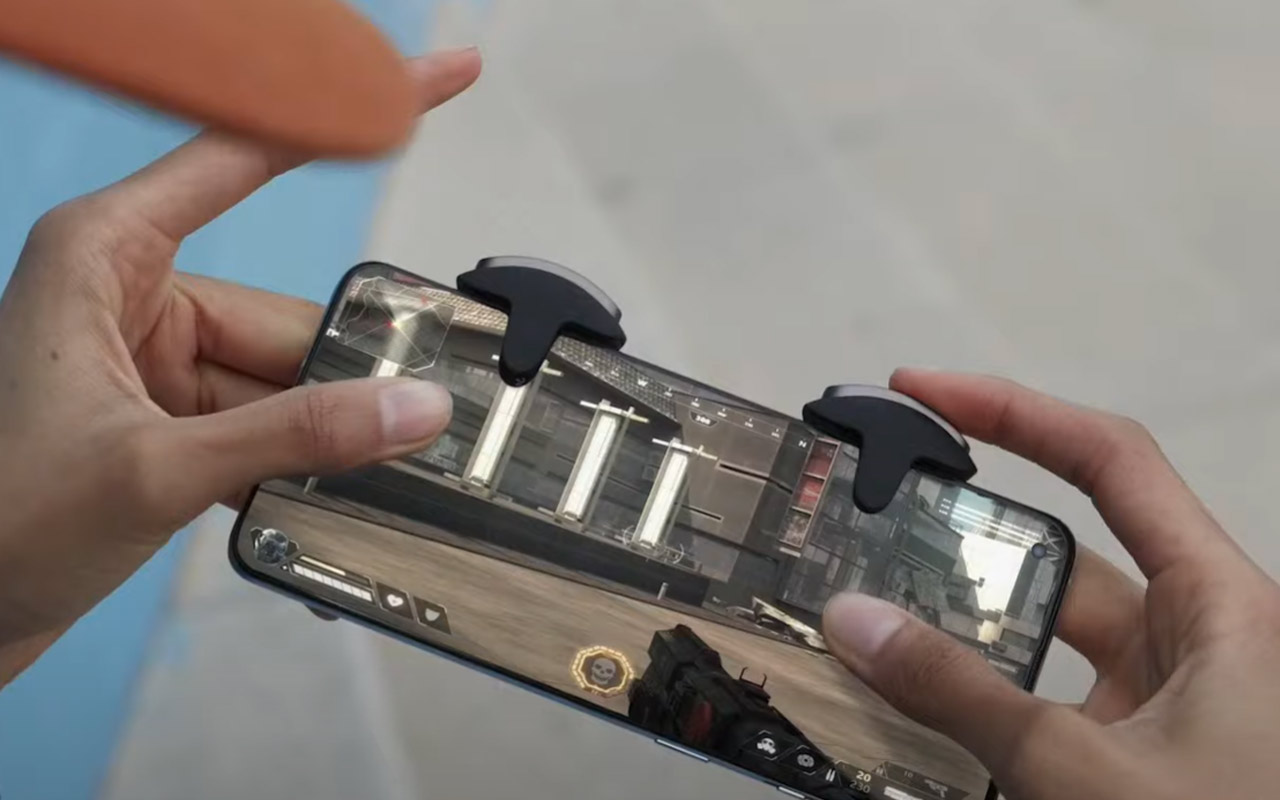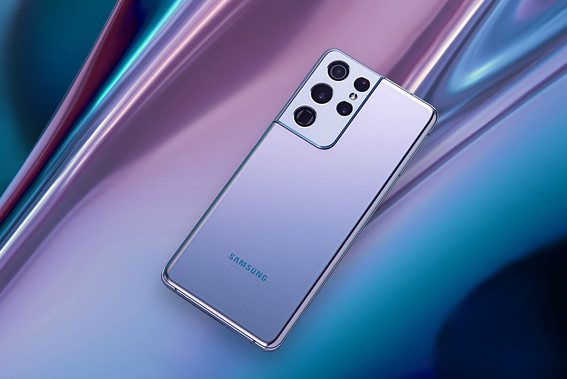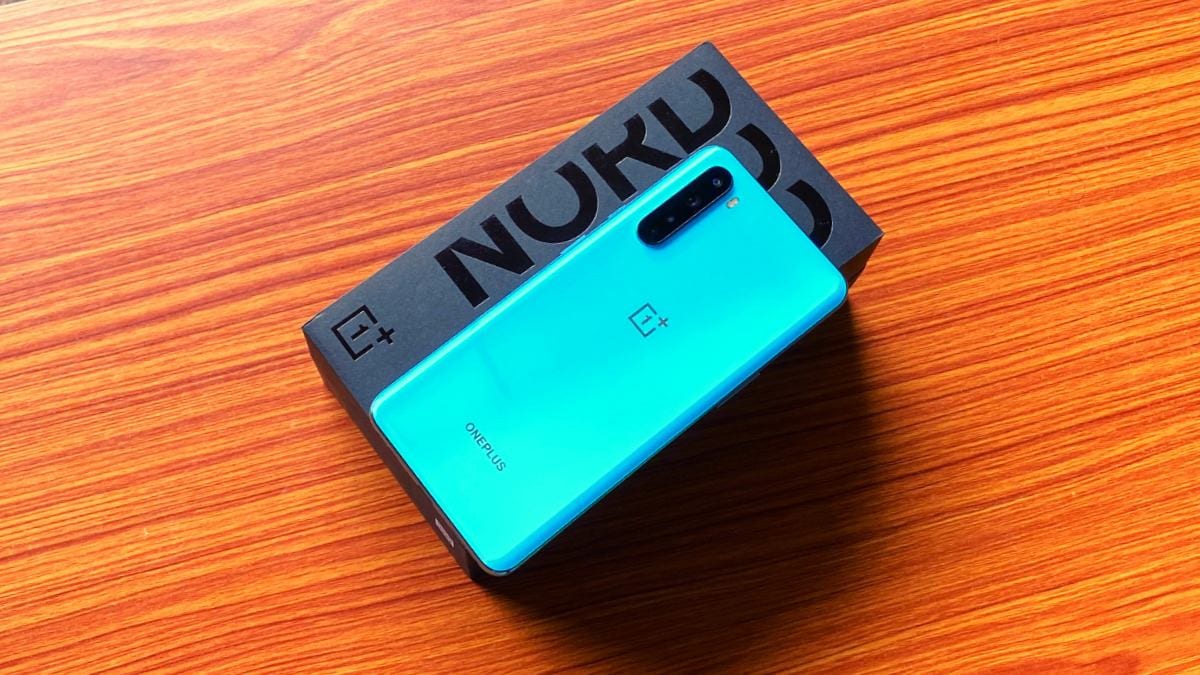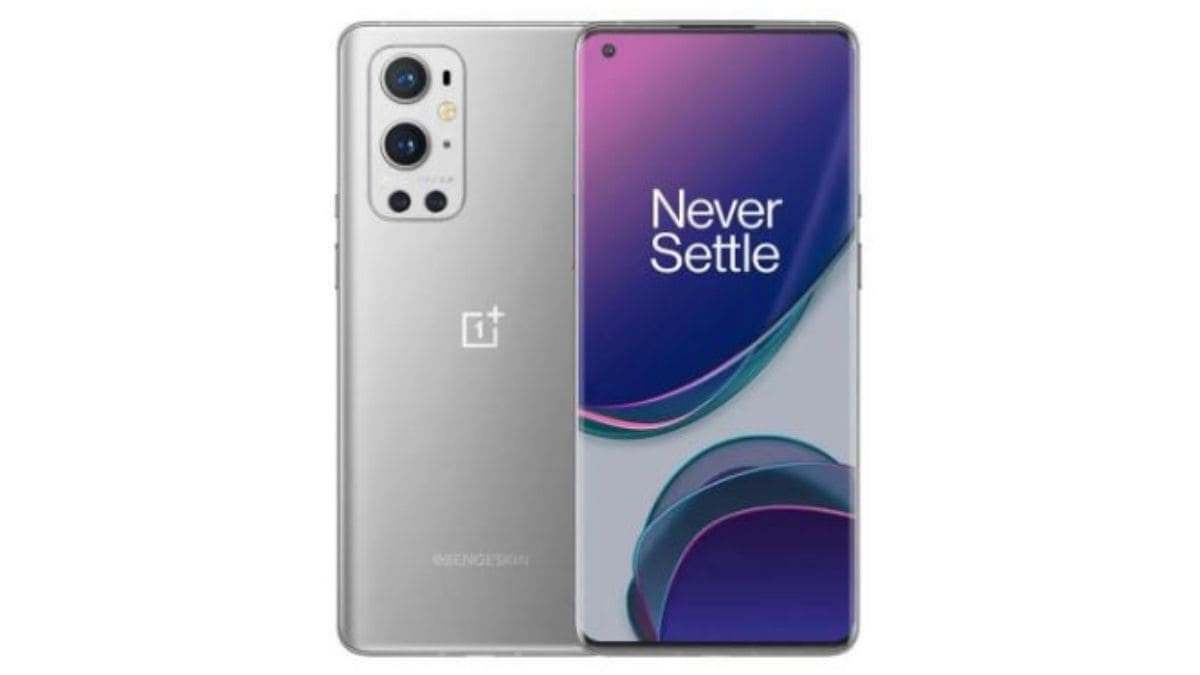This year, Hasselblad’s participation with OnePlus’ development process amounted to helping the company tune the colors from the camera and lending a bit of its interface to the camera’s Pro mode. Oh, and most importantly for OnePlus, Hasselblad allowed its logo to be stamped next to the lenses.
I do think there’s some credit due to this color-tuning influence. In the same way that other smartphone brands have a look to their photos, I think OnePlus is developing its own.
The OnePlus 9 Pro’s image output lands mostly in the middle. It tends toward blue, and it definitely lifts up shadows to create more even lighting. Its photos are more striking.
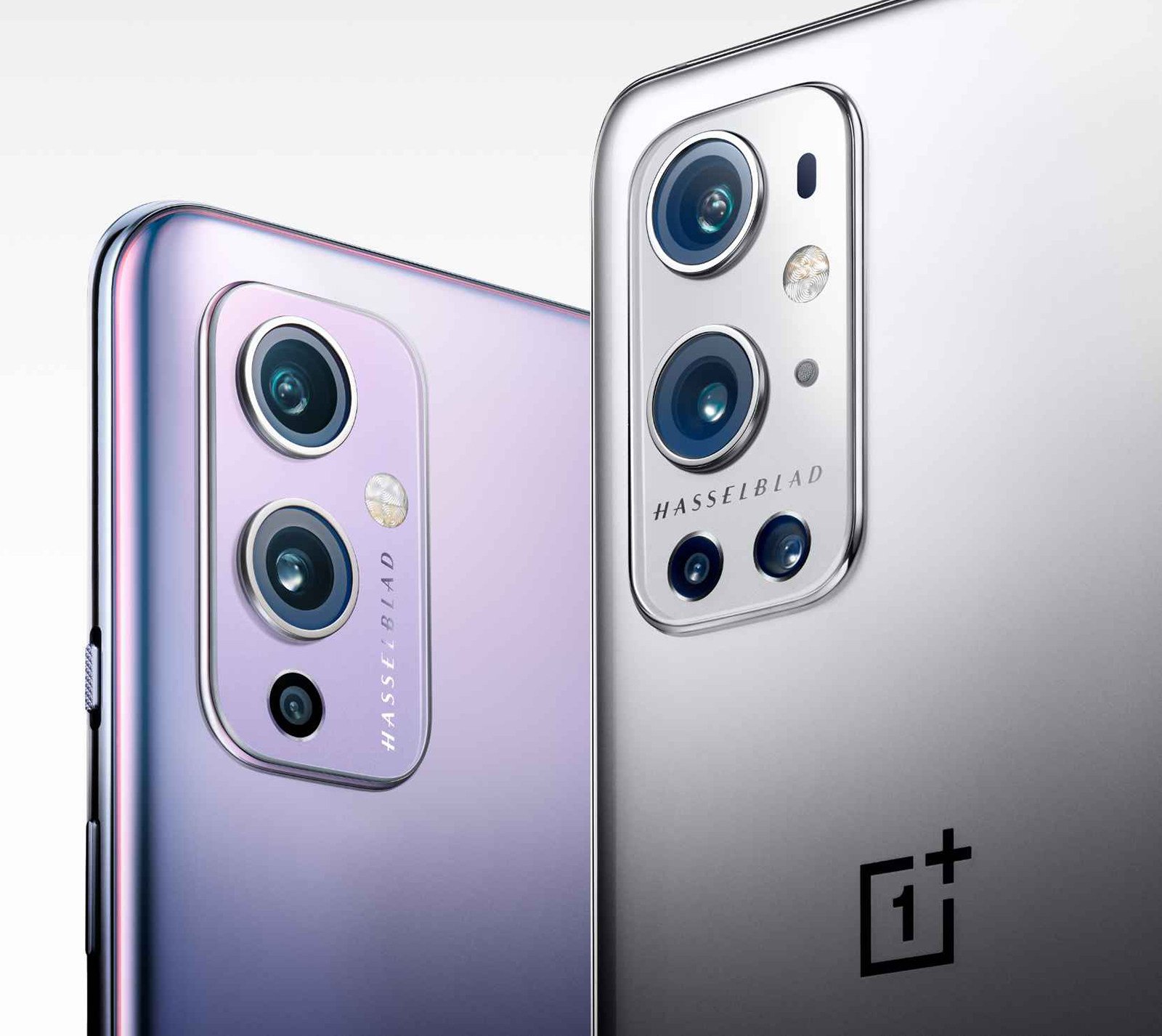
There are other things about the camera setup that OnePlus wants you to consider, too. Some of these include a lack of edge distortion in ultrawide shots, improvements to the low-light Nightscape mode, and a 3.3x optical and 30x digital zoom on the telephoto lens. That’s all well and good, but how does the OnePlus 9 Pro perform in real-world use?
The short answer is very well. The OnePlus 9 Pro is a marked improvement over past OnePlus phones in terms of photography. The lenses are useful in their own ways (though I find the monochrome one to be the least helpful) and photos come out looking quite good.
The main camera is a 48MP Sony IMX789 capable of shooting in 12-bit RAW for advanced photographers and DOL-HDR for rich video. The ultrawide is a 50MP IMX766 sensor with a freeform lens to correct for edge distortion. Finally, there’s the 8MP telephoto. All of this works in tandem with the monochrome sensor and the laser autofocus above the dual-LED flash.
